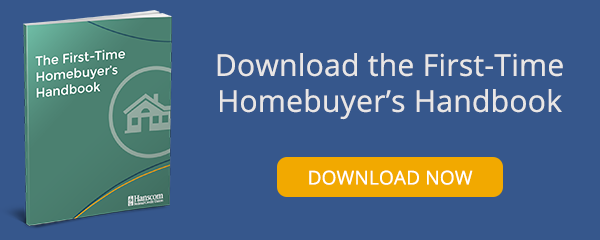One of our most popular Lunch and Learn public seminars is our introduction to buying a home, and there’s a very good reason for that: the logistics of buying a home can be confusing. The good news is that you will find the logistics fall into place fairly easily if you understand three important numbers: your credit score, your down payment, and your debt-to-income ratio. These three numbers are your key to unlocking a mortgage approval.
Let’s start with your credit score. The higher your credit score, the better a lender feels about giving you money for a home. As our financial partner BALANCE outlines in this short video, keeping your credit score above 700 makes it much easier for a lender to feel good about offering you a mortgage. The lender may offer you the best available interest rates, too, because you present yourself as a lower risk to pay off the mortgage.
As a member of Hanscom Federal Credit Union, you can access your credit score and report at no charge. You can also sit with a Hanscom FCU representative who can explain the report in detail and show you ways to raise your credit score. To take advantage of this service, click here.
The next number to know is the amount of your down payment. As BALANCE explains in simple terms, the lender wants to know you have some “skin in the game” when it comes to buying the home. The more of a down payment you plan to put on the home, the better a lender will feel about offering a mortgage to you.
Finally, you want to know your debt-to-income ratio. To get this number, you want to figure out the total amount you pay each month to your debts. To do this, make a list of all of your debts and your minimum monthly payments for each. Next, figure out what percentage of your gross (before taxes) monthly income is used to pay off those debts each month. That percentage is your debt-to-income ratio. Lenders like to see this number no higher than about 40%. The higher this number, the greater risk you appear to be to the lender.
To understand these three numbers in more detail, watch this video from BALANCE. By understanding these three numbers, you can identify areas that you may need to work on before applying for a mortgage.
Another resource for home-buying information is the Hanscom FCU Mortgages eBrochure. This brochure includes worksheets and calculators to assist you in understanding the home-buying process.
Finally, we offer a free Home Buying eGuide that you can download. This is a complete reference that explains the mortgage process and how to prepare your finances, choose the right mortgage, and find a home that is right for you.




.jpg)









Comment